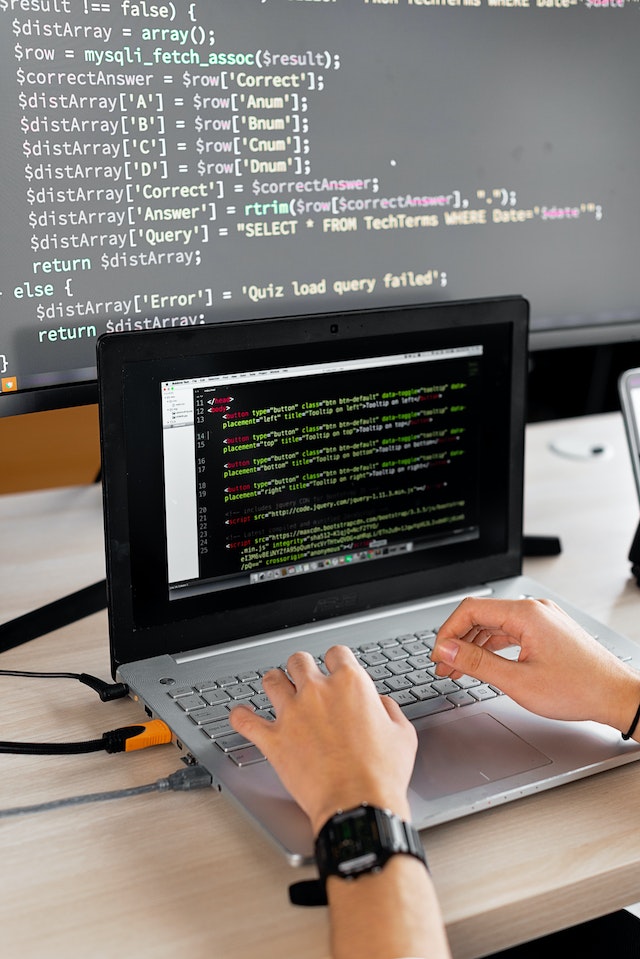Containerization has revolutionized software development and deployment, providing agility, scalability, and portability. However, with the rise of containerized environments, the need for robust container security measures has become paramount. In this article, we delve into the world of container security, exploring its significance and the mechanisms that underpin its operation. This discussion is aimed at knowledgeable readers seeking a comprehensive understanding of container security.
I. The Importance of Container Security:
Container security plays a crucial role in ensuring the integrity, confidentiality, and availability of applications running within containers. As containers share the same host operating system and kernel, vulnerabilities, and misconfigurations pose significant risks. By implementing robust security measures, organizations can protect their containerized applications and mitigate potential threats.
II. Isolation and Resource Control:
One of the fundamental security aspects of containerization is isolation. Containers employ various techniques, such as namespaces and control groups (cgroups), to create isolated environments for applications. Namespaces separate process IDs, network resources, filesystems, and user identifiers, ensuring that containers operate independently. Cgroups, on the other hand, enable resource allocation and limits, preventing resource exhaustion and potential denial-of-service attacks.
III. Container Images and Vulnerability Scanning:
Container security begins with the container image. Organizations must ensure that container images are built from trusted sources, regularly updated, and free from known vulnerabilities. Vulnerability scanning tools scan container images, identifying any known security vulnerabilities within the software packages and libraries. By addressing these vulnerabilities before deployment, organizations can significantly reduce the risk of exploitation.
IV. Runtime Security:
Runtime security focuses on protecting containers during their execution. Key mechanisms include:
a. Secure Configuration: Applying security best practices and hardening container runtime configurations to minimize attack surfaces and potential vulnerabilities.
b. Access Control: Implementing strong access controls and utilizing role-based access control (RBAC) mechanisms to restrict privileges and enforce the principle of least privilege.
c. Container Network Security: Employing network segmentation, firewalls, and security groups to isolate container networks and control traffic flow.
d. Monitoring and Logging: Leveraging container orchestration platforms and tools to monitor container behavior, detect anomalies, and collect audit logs for forensic analysis.
V. Compliance and Auditing:
Container security encompasses compliance with regulatory standards and industry best practices. Organizations must ensure that container environments meet specific compliance requirements, such as GDPR or HIPAA. Regular auditing and vulnerability assessments assist in maintaining a secure and compliant container infrastructure.
VI. Container Orchestration and Security:
Container orchestration platforms, like Kubernetes, provide additional security features to manage and secure containerized environments. These platforms offer features such as service discovery, secret management, and automated scaling, enabling organizations to maintain a secure and efficient container ecosystem.
Conclusion
Container security is a critical component of modern software development and deployment. By implementing robust security measures at various stages, organizations can protect their containerized applications from potential threats and vulnerabilities. From isolation and vulnerability scanning to runtime security and compliance, container security provides the necessary defense mechanisms to ensure the integrity and availability of applications within containerized environments. As containers continue to gain prominence, investing in container security becomes imperative for organizations seeking to safeguard their critical assets and data.
Remember, maintaining container security is an ongoing process that requires continuous monitoring, updating, and collaboration between developers, operations teams, and security professionals. By prioritizing container security, organizations can fully harness the benefits of containerization while safeguarding their digital infrastructure.



